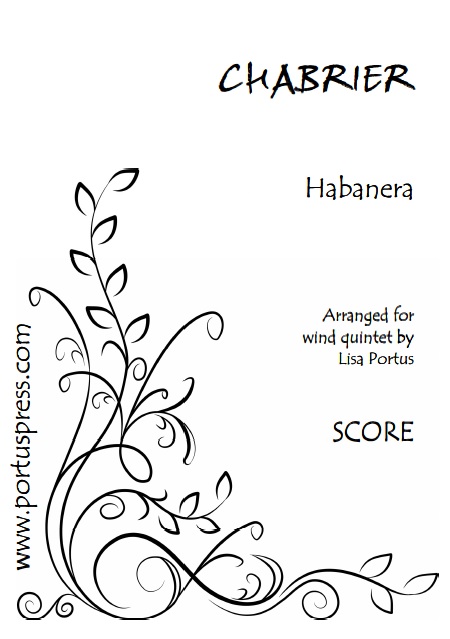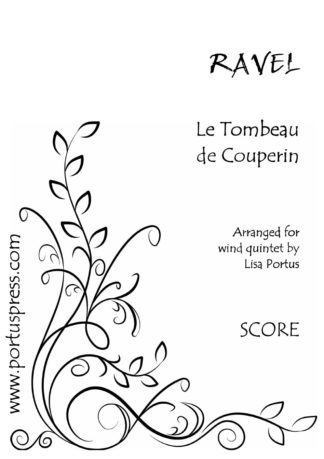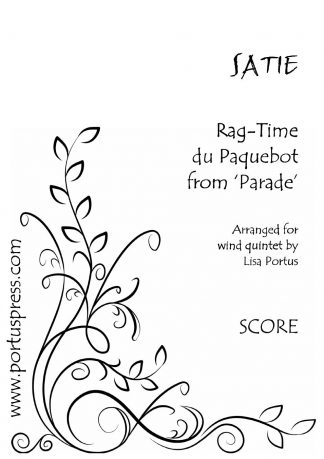Description
The French composer Emmanuel Chabrier (1841-1894) was, for the first 40 years of his life, a lawyer. A largely self-taught musician his output wasn’t enormous, but a number of his compositions have stood the test of time. Amongst his most notable works are his orchestral rhapsody, España (1883) and his piano works, including Habanera (1885), which he later arranged for orchestra. Both of these pieces were inspired by a six-month tour of Spain, which he embarked on with this wife after leaving his job with the French Ministry of the Interior. Both were extremely successful: “Habanera is everywhere an encore,” Chabrier wrote to a friend.
With its lilting Spanish rhythms the Habanera is a slow Cuban dance similar to the tango. Chabrier wasn’t the first to translate the dance to the classical medium (Bizet’s Carmen pre-dates Chabrier’s work by a good decade) but Chabrier’s Habanera so brilliantly captures the very essence of the country that inspired him that it’s easy to forget that it is not the work of an Hispanic composer. Other (also French) composers followed suit producing their own Habanera-style works including Massenet, Saint-Saëns and Ravel.






